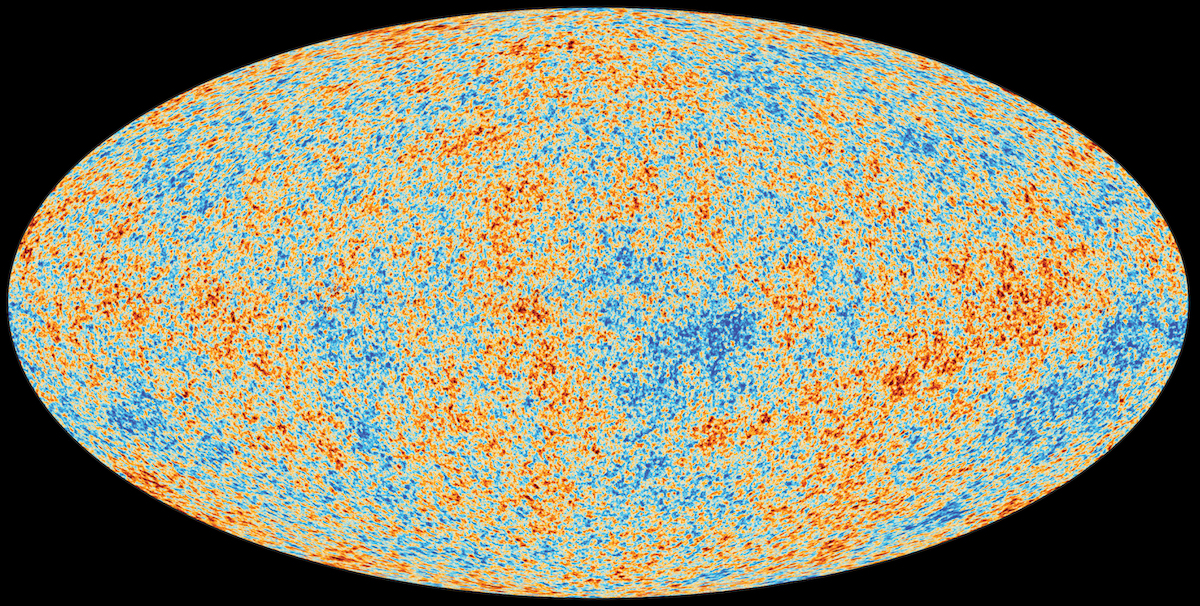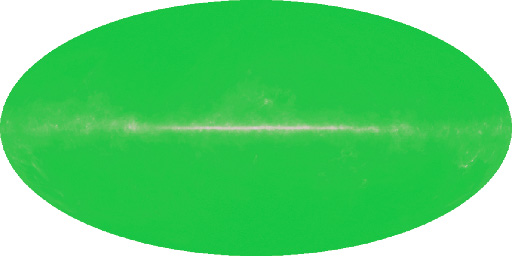The Cosmic Microwave Background (or “CMB” for short) is radiation from around 400,000 years after the start of the Universe. That may sound like a long time on human timescales, but it really is the blink of an eye when compared to the age of the Universe, which is around 13.7 billion (13,700,000,000) years old. Before this time, the Universe was so hot and dense that it was opaque to all radiation. Not even simple atoms could form without instantly being ripped apart into their constituent protons and electrons by the intense radiation. The Universe was made of a “plasma”, or ionised gas, which is what the surface of the Sun is made of.
Ever since the Big Bang, the Universe has been cooling and expanding. By around 400,000 years through its life it was cool enough (though still around 3000 Celsius) for the simplest atoms to form, and it became transparent. The light from this time has been travelling through space ever since, and can be detected all around us from here on Earth or in space. We can measure the afterglow of the Big Bang.
The expansion of the Universe has stretched out the CMB radiation by around 1000 times, which makes it look much cooler. So instead of seeing the afterglow at 3000 degrees, we see it at just 3o above absolute zero, or 3 Kelvin (-270o C). Just as a burning coal (around 1500 K) glows red, and a hot bright star (around 6000 K) glows yellow or blue, the CMB glow with a characteristic colour associated with it’s temperature. However, because it is so cold, the light which was emitted by the glowing Universe now has a much longer wavelength than we can see with our eyes. The CMB is brightest at a wavelength of around 2 mm, which is around 4000 times longer than the wavelength of the visible light we see with our eyes.
History of the CMB Measurements
The first measurements of the CMB in the 1960s, by Arno Pensiaz and Robert Wilson, confirmed that CMB was there and that it was all around, however it could not seen in any detail. They saw a constant signal which washed out their view of the galaxy. The CMB is so bright at millimetre-wavelengths that if you de-tune an old analogue TV to show the snow-like static, a few percent of the signal your TV is picking up will have come from the start of the Universe.
In the 1990s, a satellite called COBE measured the CMB over the whole sky. It helped establish several things. Firstly, the CMB is almost completely uniform, with an almost constant temperature over the whole sky. However, it is not completely constant. There were tiny fluctuations, or ripples, in the temperature, at the level of just one part in 100,000. If the Earth’s surace were smooth to 1 part in 100,000 the highest mountain would be just 100 m tall!
Over the past couple of decades, many experiments have measured the tiny fluctuations CMB, with accuracies gradually getting better and better. These small fluctuations are there because of tiny variations in the density of the Universe immediately after the Big Bang. Any regions which are slightly more dense tend to attract more matter, and get even denser and attract even more material. This runaway process is what led to the formation of the first stars and galaxies. The properties of the fluctuations have been used to help determine the age of the Universe, what it’s made of, and even how it might end. As the measurements get ever better, our knowledge of the Universe increases. Planck will be an important milestone in our understanding, measuring these fluctuations to incredible accuracy and in finer detail over the whole sky than has been possible in the past.
COBE
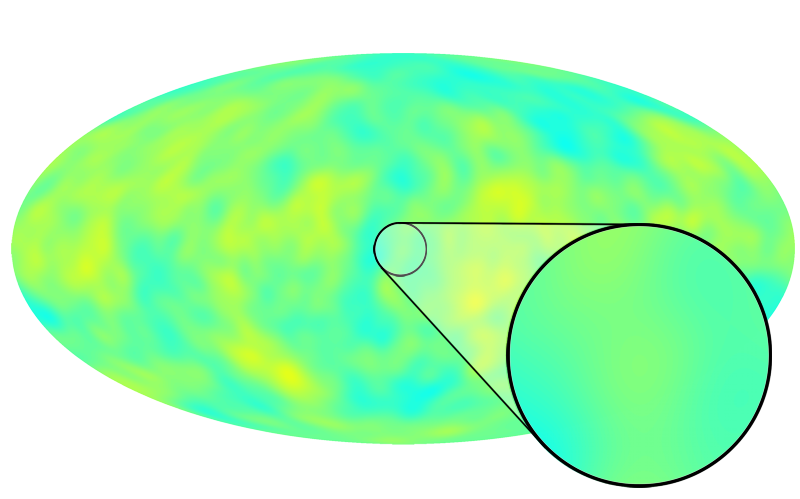
COBE 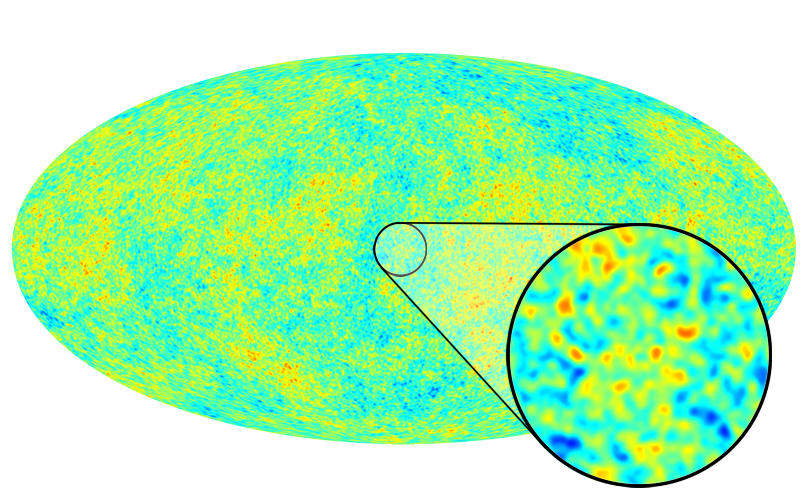
WMAP 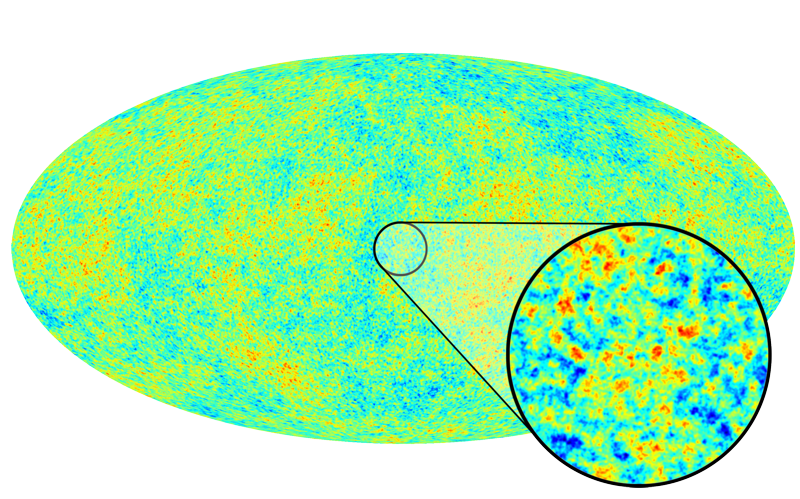
Planck
The three images above show the simulated sky at the resolutions of COBE (launched 1990), WMAP (launched 2001) and Planck. All the images have the same colour scale.
